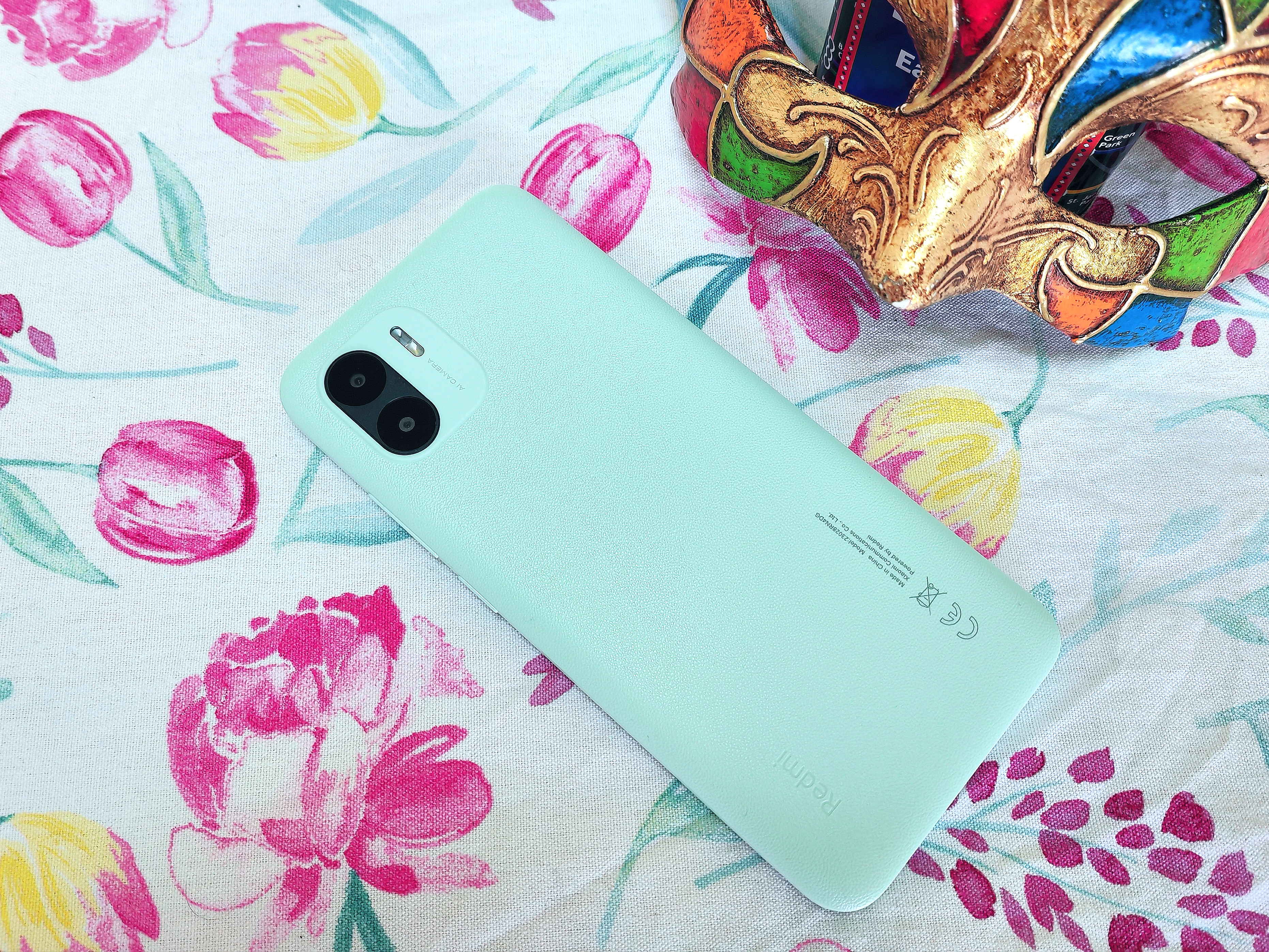
For less than 100 Euros (~$100), you have to accept that the Redmi A2 only offers Wi-Fi 4, which is clearly reflected in the transfer rates that are only around 50 Mbps. Thus, the Wi-Fi module is fast enough for Internet browsing, but you have to wait longer for larger downloads.
The Xiaomi Redmi A2 is a 4G phone that only has the most necessary frequencies, so you will have to check whether you can connect to the LTE network on further trips abroad. During our test, we repeatedly take random samples of the reception quality: You usually have a connection in the 4G network in urban environments, but it is much shakier than in high-end phones and also briefly drops out twice in the test.
At least Xiaomi pre-installs the latest Android 13 Go on its very affordable phone. The manufacturer also includes a few advertising apps, which is particularly worrying in view of the tight memory. In return, Xiaomi promises regular security updates for 2 years, which is a good promise for such a cheap phone. At the time of testing, the patches are from May 2023 and thus are still fairly up-to-date.
Annoying: Since the phone is not Widevine-L1 certified, videos from the major streaming platforms can only be viewed in SD.
The Helio G36, which is used as SoC in the Redmi A2, can actually also utilize 90 Hz screens but Xiaomi only installs a display with a maximum frame rate of 60 Hz. Together with the quite low performance of the SoC and the quite lame memory, you have to be prepared for stutters and waiting times even during normal navigation through the system. A fingerprint sensor for unlocking the phone is not available, nor is face recognition.
Source link
 notebook.co.id informasi dan review notebook laptop tablet dan pc
notebook.co.id informasi dan review notebook laptop tablet dan pc